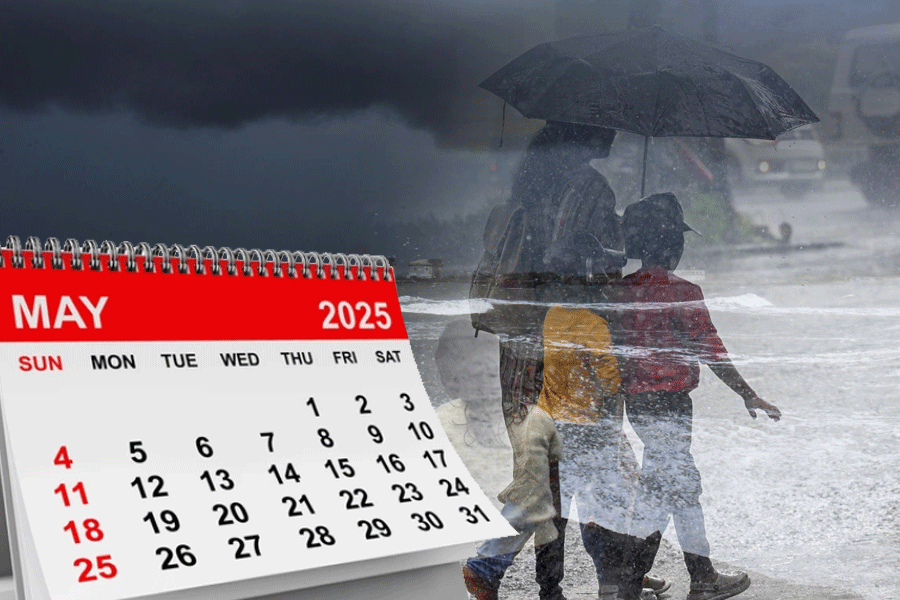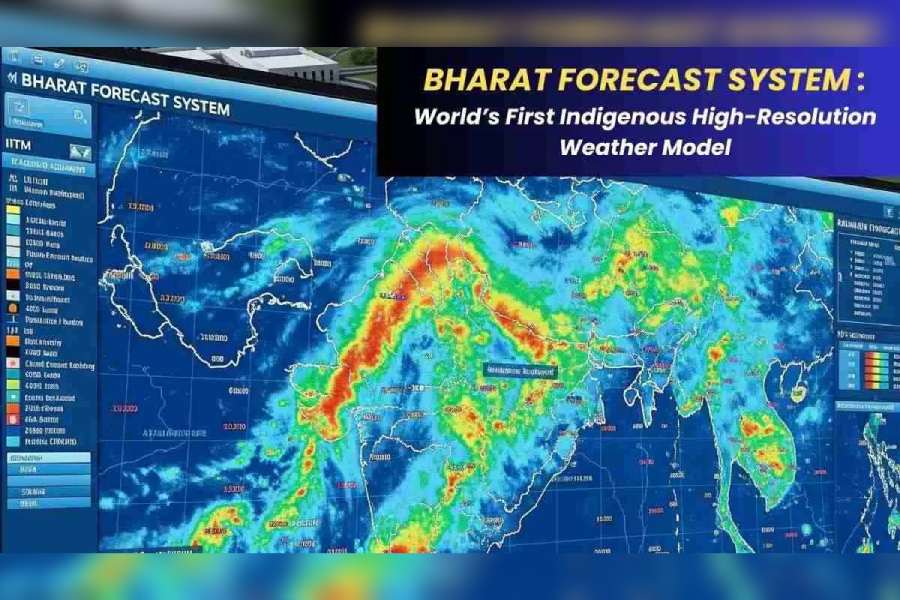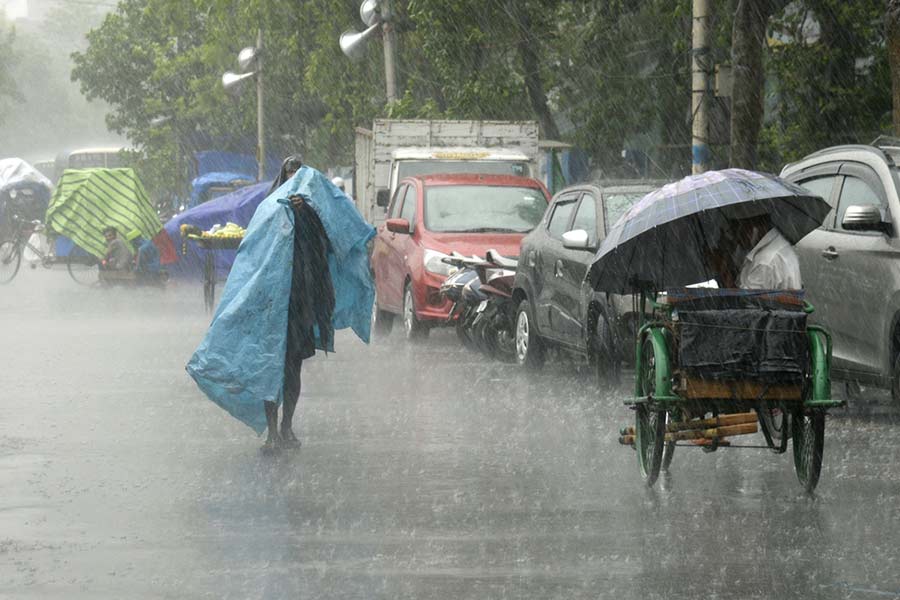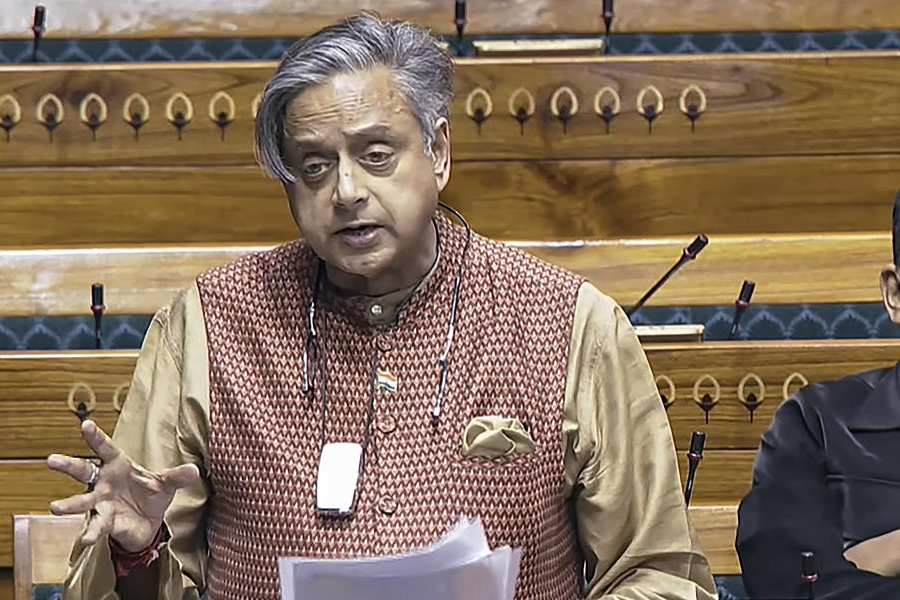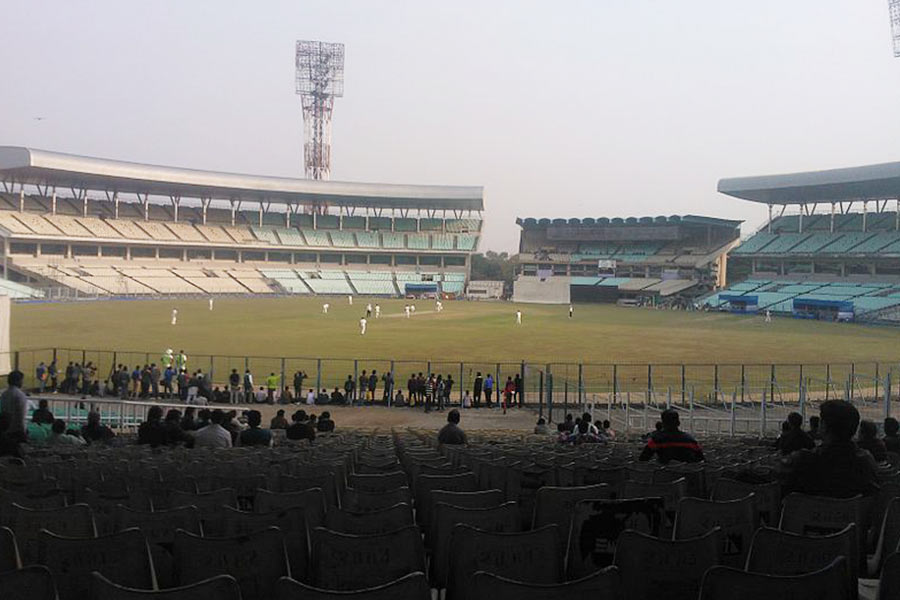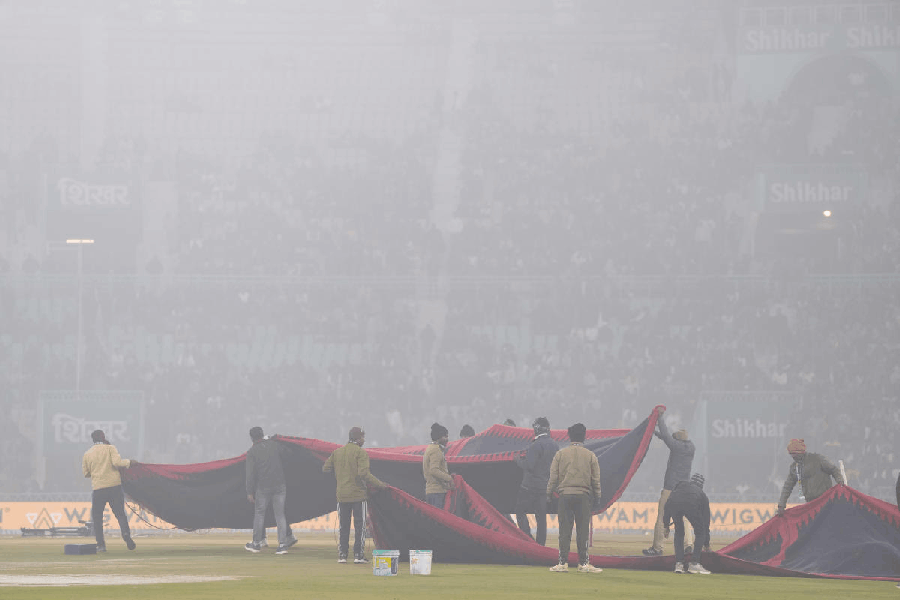The southwest monsoon reached Maharashtra on May 25 — its earliest onset over the state in 35 years – a day after it reached Kerala, according to the India Meteorological Department (IMD). While early rains may appear to be a boon for Indian agriculture, experts warn that the implications could be far more complex.
The early onset does not guarantee a smooth or uniform distribution of rainfall across the country. With agriculture heavily dependent on monsoonal patterns, any irregularity in rainfall — whether in excess or deficit — can have far-reaching effects on crops, irrigation, and food security.
Is climate change responsible for early monsoon?
The early onset of the monsoon itself cannot be directly linked to climate change, said Dr Parthasarathi Mukhopadhyay, a scientist at the Indian Institute of Tropical Meteorology (IITM), Pune, who was instrumental in the development of the Bharat Forecast System, India’s most advanced weather prediction model.
But he warned that the increasing trend of intense rainfall over shorter durations, often leading to flash floods, is a known consequence of global warming.
A convergence of favourable atmospheric and oceanic conditions drove the early arrival of the monsoon this year, said Dr Laksminarayan Satpathi, Geography professor at the University of Calcutta. One of the key reasons is the waning of the El Nino phenomenon, which had dominated over the past two years.
The transition towards a La Nina phase — typically associated with enhanced monsoonal activity over India — has created conducive conditions for an early onset.
Higher-than-average sea surface temperatures in the Arabian Sea and Bay of Bengal have also helped generate low-pressure systems that draw in moisture-laden winds from the Southern Hemisphere across the Equator.
"Fortunately, this year we have not seen significant cyclonic activity during the pre-monsoon season, which could have disrupted monsoonal flow," said Satpathi. "Instead, we have experienced depression-like conditions and pre-monsoon showers in several regions, including parts of Uttar Pradesh."
Another factor is the northward shift of the subtropical ridge and intense pre-monsoon heat over the Indian landmass, which has helped in creating low-pressure zones that pull in moist air from the oceans.
Threat to crops: A mixed bag for agriculture
The real threat lies in the distribution of rainfall — not just its onset.
“The monsoon is a pulsatory phenomenon,” Satpathi explained. “It may rain continuously for a few days and then halt, creating dry spells. If these dry periods are prolonged, especially in the early stages of sowing or during transplanting, they can severely affect crop growth, unless irrigation is effectively managed.”
Early rainfall can promote timely sowing of key crops like rice in eastern and southeastern India. However, any interruption in the monsoon after initial sowing may result in water stress, jeopardising crop yields.
India's rice cultivation is particularly vulnerable to such irregularities, given its dependence on consistent rainfall during the transplanting phase.
Rainwater management is key
Another looming challenge is the management of early rainfall.
“Much of the stored water from last year’s monsoon has been exhausted. Most dams and barrages are running low,” Satpathi said. “While early showers offer a chance to replenish these reserves, they often carry high sediment loads that complicate storage.”
Without effective rainwater harvesting and sediment management, the benefits of early monsoon rains may be lost, and the country could still face water scarcity during critical crop-growing phases.
“We are witnessing a rare alignment of favourable factors this year,” Satpathi said. “But weather is inherently uncertain. While an early monsoon reduces the threat of heatwaves, it opens up other risks — sultry weather, prolonged dry spells, and uneven rainfall — that can impact agriculture significantly. Our focus now must shift to adaptive management and effective planning.”

